Value-Added Producer Grant: An Interview with Caleb Trainor of Winterspring Farm
Grapevine marketing consultant Anna Larsen chatted with Caleb Trainor of Winterspring Farm, a small regenerative veggie farm located in rural Southeast Wisconsin, about his experience applying for and utilizing the Value-Added Producer Grant from USDA.
Caleb worked with Sustaining Farmers, an agricultural consulting group, that specializes in writing high-value USDA Value-Added Producer Grants (VAPGs).
Anna: What inspired you to apply for VAPG?
Caleb: Two of our friends in our local farming network had gotten the grant in 2016. I previously managed another farm from 2016 to 2020, so I could not apply then. When we started our own farm, we contacted a friend who was a former farmer to see if it was a good fit.
Anna: What was your experience like working with Sustaining Farmers (SF) to apply for VAPG?
Caleb: Working with SF was incredible. I have written small grants in the past and did not enjoy it. The Value-Added Producer Grant is a large grant with a lot of work involved. It was pricey, but worth it.
Maggie and Sara were patient and answered every question I had. They provided templates for creating budgets and could break it down to help budget the award, plus recommended contractors and gave us templates for reporting. They really held my hand through the first submission.
We scheduled an hour every week last winter for 3 months to answer their questions. When I saw what they were preparing live, I was amazed. They did more than I imagined and they wrote a book on top of it.
A dozen farms around us got the $50k grant, but we worked with a consultant and got the $250k grant. We are paying $40k for their services over three years.
Anna: What advice would you give to other farms interested in applying for VAPG?
Caleb: Try to collect ideas for small improvements. For example, a tape gun for closing up eggs and greens. A staff member does this task so he would have never thought of this.
Solicit input from the team and confer with other farmers for ideas. It was easy to think about big expenses and the flowery parts.
Anna: What was the hardest part of the application process?
Caleb: Dealing with the federal side of it. Getting a SAM (System for Award Management) Cage Code. We needed a certificate of good standing and almost missed their submission trying to gather needed certifications.
Anna: What are some of the big picture goals for your operation?
Caleb: We want to grow the operation significantly. The VAPG Grant will free up the working capital to provide the infrastructure that we will need to scale. We were previously limited by our budget, land access, and walk-in space, but this relieves day to day expenses and will allow us to grow. We purchased a new farm this year and have become visible enough to move all of our products. We were able to hire an additional team member. Our goal is to double over the next three years.
Anna: What are some of your marketing goals going forward?
Caleb: Becoming more of a household name regionally. The former farm was well-known. We want to recapture former customers and grow into new customer bases, geographically expanding. There are so many people that we can reach and the hyper-local market has a lot of room to grow!
Learn more about Winterspring Farm at winterspringcsa.com and Sustaining Farmers at sustainingfarmers.com.







